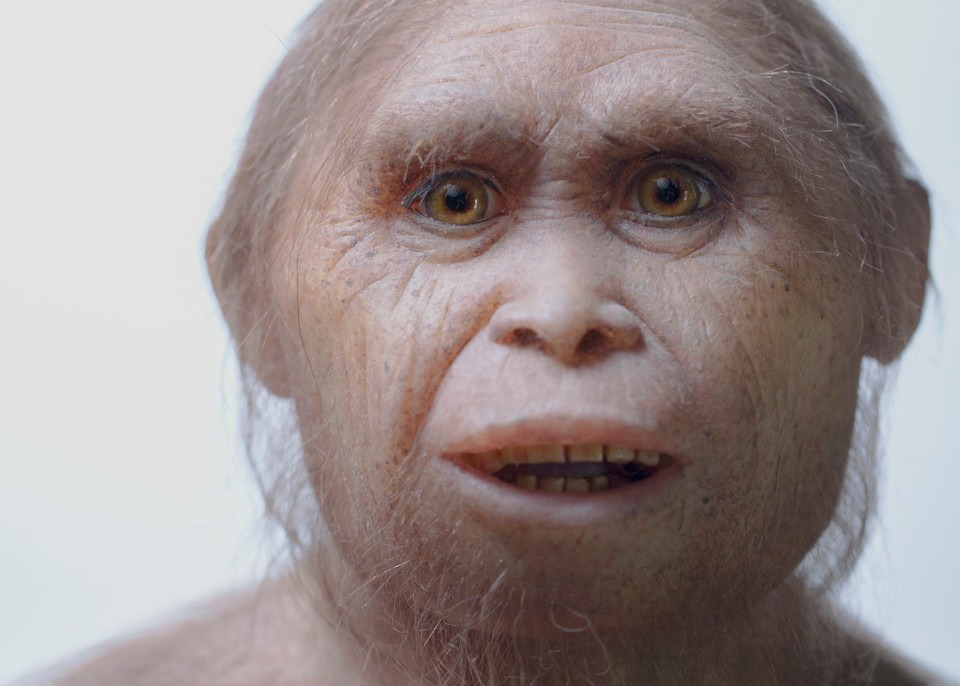Scientists say they have discovered the fossils of a “hobbit” that lived 700,000 years ago on an Indonesian island.
The homo floresienis were ancient humans that lived between 100,000 and 50,000 years ago and adults stood just three-and-a-half feet tall.
Their brains were roughly one-third the size of our own, about the size of a chimpanzee’s.
Because of their miniature size, they were nicknamed Hobbits, as The Sun reports.
The discovery consists of just six tiny teeth and a fragment of a small lower jawbone, but researchers say it is enough to suggest the fossils belonged to a direct ancestor of the Hobbits.
One theory states the Hobbits may have arrived on the island from Java after being washed out to sea by a tsunami.
Over time, they could have shrunk during their stay in the visit – a strange yet common phenomenon known as island dwarfism – probably because of a variety of factors ranging from limited food sources to a lack of predators to defend themselves against.
Other researchers believe the fossils belonged to anatomically modern humans who suffered from some type of disorder that led to extreme disorder.
Microcephaly and Down syndrome have both been proposed.





































